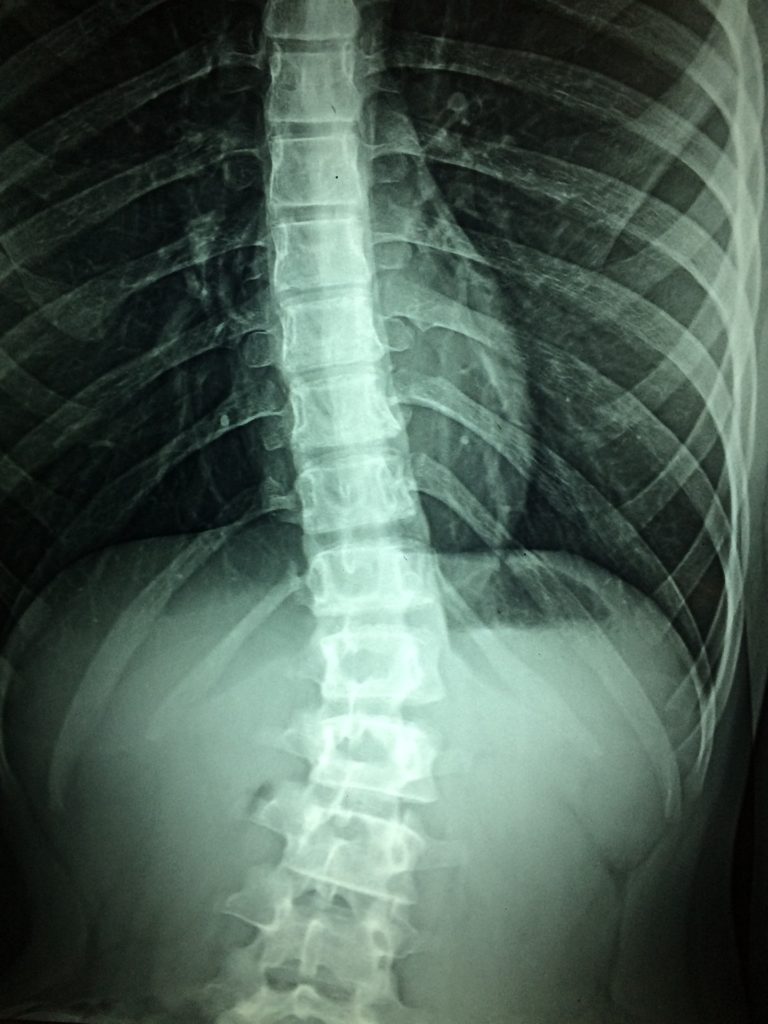
- Adhering to a plant-based low-carbohydrate diet was associated with a reduction in overall cardiovascular and cancer mortality among people with type 2 diabetes
- Researchers observed the most substantial health benefits among people who not only adhered to this diet but also had other healthy habits, such as exercising, not smoking, and consuming alcohol in moderate amounts
-
Following a low-carbohydrate diet comprised primarily of plant-based foods was significantly associated with a lower risk of premature death among people with type 2 diabetes, according to a new study by researchers at Harvard T.H. Chan School of Public Health. It is the first prospective cohort study to examine the relationship between low-carbohydrate diet patterns and mortality among people with diagnosed type 2 diabetes.
“While avoiding refined and highly-processed carbohydrates has been widely recommended to lower the risk of developing type 2 diabetes, our study provides the first empirical evidence on how low-carb diets can help manage the progression of existing diabetes,” said lead author Yang Hu, research associate in the Department of Nutrition.
The researchers analyzed 34 years of health data from 7,224 women participating in the Nurses’ Health Study and 2,877 men participating in the Health Professionals Follow-up Study, all of whom developed type 2 diabetes after those studies began. The participants completed questionnaires on lifestyle and medical history every other year, allowing the researchers to assess the compositions of their diets and score them according to intake of animal proteins and fats, vegetable proteins and fats, high-quality carbohydrates, and low-quality carbohydrates.
The findings showed a 24% reduction in all-cause mortality among those adhering to a low-carbohydrate dietary pattern. The health benefits were stronger for low-carbohydrate diets emphasising plant-based foods and high-quality carbohydrates, such as fruits, vegetables, and whole grains. Those diets were also associated with lower cardiovascular disease and cancer mortality. Low-carbohydrate diets emphasising animal products and low-quality carbohydrates, such as potatoes, added sugars, and refined grains, were not significantly associated with lower mortality.
The researchers observed the strongest health benefits among people adhering to other healthy habits, such as not smoking, regularly exercising, and drinking alcohol in moderation, alongside a plant-based low-carbohydrate diet.
“This study, once again, underscores the importance of diet quality when choosing among various diets for diabetes control and management,” said Qi Sun, senior author and associate professor in the Departments of Nutrition and Epidemiology.



